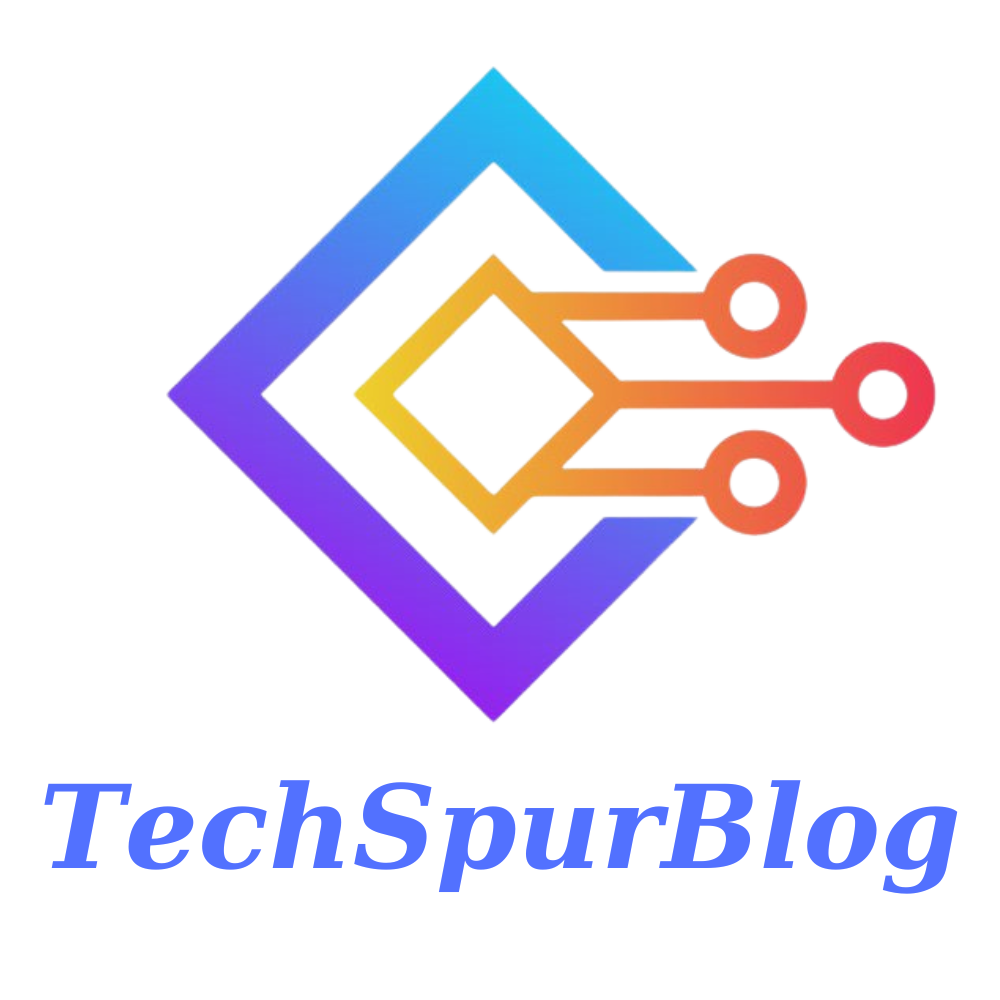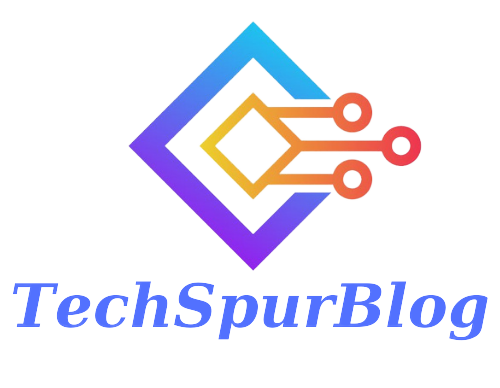In a groundbreaking move that is revolutionizing the field of artificial intelligence, Meta, formerly known as Facebook, has introduced LLaMA 2, a versatile and free open-source AI model designed to transform how we interact with language. Since its official launch on July 18th, LLaMA 2 has become the hot topic in the AI world, boasting unique features, strategic partnerships with tech giants, and the ambitious goal of democratizing advanced AI accessibility for all.
Meta has long been at the forefront of language model development. Their journey began in 2015 with the introduction of the deep-text model, and since then, they have continuously expanded their arsenal of language models to include text classification, translation, conversation, captioning, and speech to text. The culmination of their efforts resulted in the revolutionary LAMA model in 2021, which laid the groundwork for the subsequent release of LLaMA2.
Also Read: WormGPT: A New AI Tool Empowering Sophisticated Cyber Attacks
The Evolution of LLaMA 2
LLaMA 2 marks a significant leap in AI capabilities, addressing the challenges faced by its predecessor, the LAMA model. While LAMA was groundbreaking, it faced operational cost hurdles and some accuracy issues. To overcome these limitations, Meta developed LLaMA2, an upgraded version optimized for Windows and freely available for various use cases.
At its core, LLaMA 2 comprises a collection of large language models with different sizes and capabilities. The AI model offers three primary types of models: pre-trained and fine-tuned models. Pre-trained models are versatile and capable of producing text in multiple domains but are not specialized for specific tasks. On the other hand, fine-tuned models are adjusted from pre-trained models to cater to particular tasks, ensuring enhanced accuracy and applicability.
The LLaMA2 family consists of three pre-trained models: LLaMA 27B, LLaMA 213B, and LLaMA 270B, with varying parameters ranging from 7 billion to 70 billion. These models are equipped to support 128 languages and have context windows of either 4,096 tokens or 8,192 tokens, depending on their size and complexity.
While LLaMA 27B is small and fast, ideal for most devices, LLaMA 213B strikes a balance between performance and hardware requirements. On the other hand, LLaMA 270B, the most potent model in the family, is tailored for high-end devices and computationally intensive tasks.
We believe an open approach is the right one for the development of today’s Al models.
Today, we’re releasing Llama 2, the next generation of Meta’s open source Large Language Model, available for free for research & commercial use.
Details ➡️ https://t.co/vz3yw6cujk pic.twitter.com/j2bDHqiuHL
— Meta AI (@MetaAI) July 18, 2023
LLaMA 2 Chat
In addition to the pre-trained models, LLaMA2 also offers a fine-tuned model called LLaMA 2 Chat, specially designed for chatbots. Built on the LLaMA 213B model and trained on over a million human interactions from sources like Reddit, LLaMA2 Chat excels in conversational tasks and seamlessly adapts to various languages.
Meta’s primary goal with LLaMA 2 is to democratize AI and its benefits, empowering developers, scientists, engineers, and enthusiasts to integrate LLaMA2 into their applications and experiments. To achieve this, Meta has made LLaMA 2 open-source and freely available for research and commercial use. Furthermore, Meta has partnered with tech giants Microsoft and Amazon to host LLaMA2 on their cloud platforms, Azure and AWS, providing users with easy access to the AI model without the need for downloads or installations.
Also Read: Exploring Chatsonic: The Future of Chatbot Technology
Expanding AI on Mobile Devices
Meta is set to expand LLaMA 2’s reach even further through a strategic partnership with Qualcomm. By 2024, LLaMA 2 will be available on devices powered by Qualcomm’s Snapdragon chips, making AI accessible on mobile devices and seamlessly integrating it into our daily lives.
While LLaMA 2 opens up endless possibilities, it also comes with responsibilities. Meta has taken steps to ensure the safe and ethical use of the AI model. Testing outputs, data and output filtering, and open-source accessibility are some of the measures in place to maintain transparency and accountability.
Meta’s designation of Microsoft as their preferred partner for LLaMA 2 reflects their commitment to democratizing AI. LLaMA 2’s integration with Microsoft’s cloud platform and services further solidifies its role in reshaping the future of language processing.
As LLaMA 2 continues to redefine AI accessibility and applications, users are urged to harness its potential responsibly. By fostering a community of respectful and transparent content generation, the transformative power of LLaMA 2 can be harnessed for the collective benefit of humanity.

Techspurblog is a blog dedicated to providing industry-leading insights, tips, tricks and tools on topics such as web design, app development, SEO and more. We also provide reviews of the latest tech products and services that can help you get the most out of your business.





